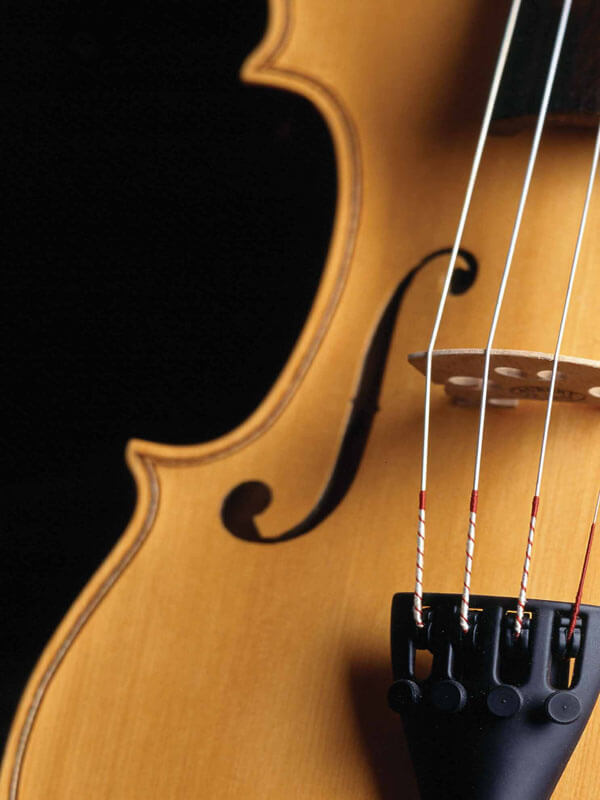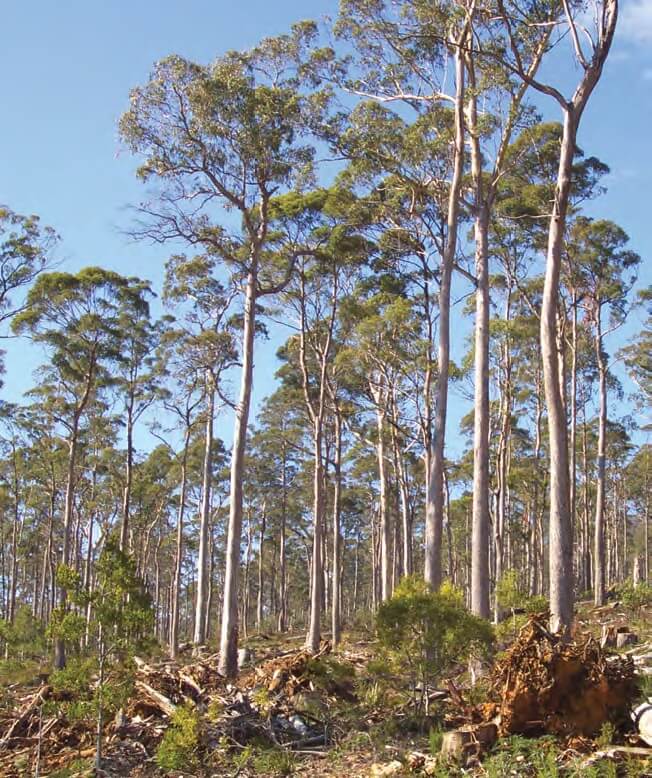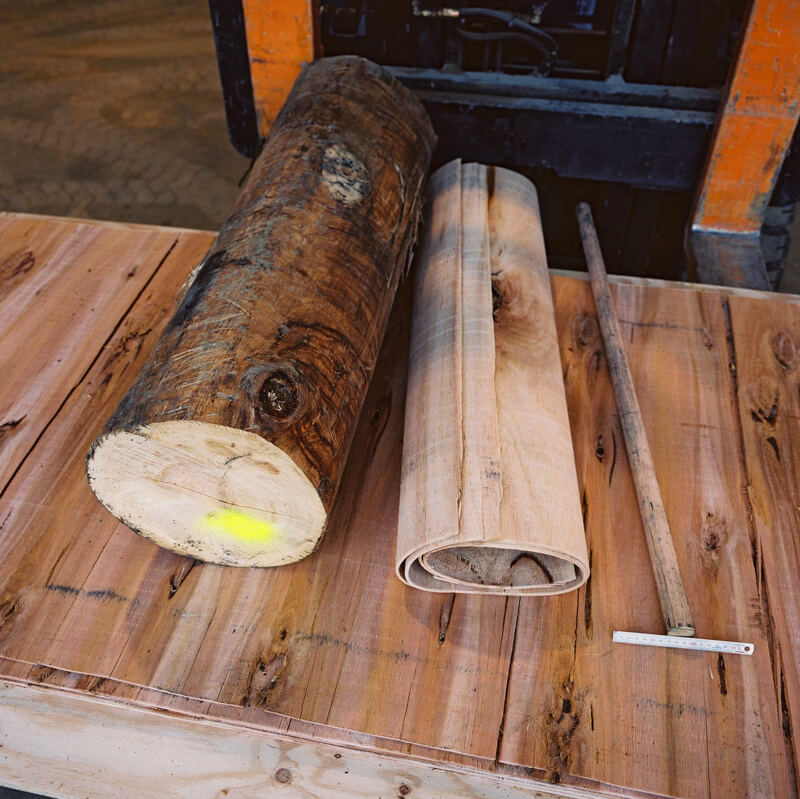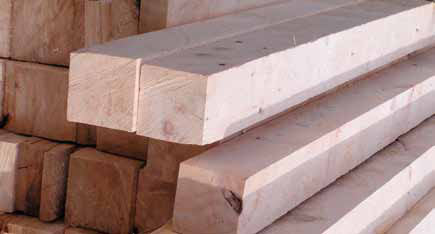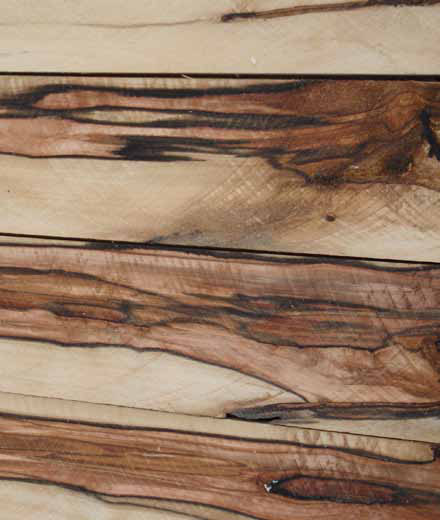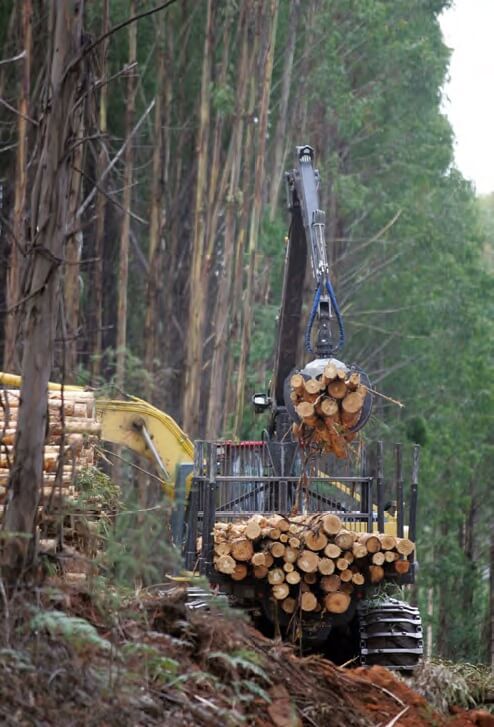How do we use wood?
Timber and wood products come from a living, growing, self-sustaining resource – can you imagine life without them?
Humans have made use of wood since the first humanoids picked up pieces to use as clubs for hunting or defence. Nomadic humans used wood for constructing shelters when caves or rock overhangs were not available. Post-and-beam or timber framing has been around for about two thousand years.
Since this time timber has been an integral part of human life. Not only has timber been used for building and furniture but it was also critical in the exploration of the world (carts, sleds and wooden ships); it was fundamental in the development of railways (sleepers and bridges); and it is fundamental in the culture of societies (musical instruments for example). As processing technologies have developed, the range of timber products has increased, as has our ability to alter the properties of timber to meet a range of environmental situations.
Timber as a construction material
Timber permeates all parts of modern society but few make the association of such things as fine furniture, musical instruments, craftwood or kitchen cupboards with the harvesting of forests. In fact timber from plantations (softwood and hardwood), and native forests of all ages and types make up the range of sources of the timber that we use. Each forest type provides timber with unique properties that may be used because of values such as appearance, ease of working, hardness, strength, resistance to fungi and/or insect attack, ability to accept stains, ability to enhance the qualities of wine, resistance to swelling and shrinking or simply its availability.
Design properties of timber
Timber is used in appearance applications because it holds an innate attraction for designers and users alike. When approaching a timber table or wall, many people reach out to touch it because the feel of wood complements what the eye sees. Unlike the predictability of many man-made materials, timber has a natural, irregular character in its grain and texture. Reflecting the growth of the original tree, this brings individuality to either a space or an artefact, such as a chair, musical instrument, table or bench-top. The link to nature inspires a basic response that the designer can recognise and use. Timber comes from a broad range of species and can be cut in a variety of ways. As a result, it has an extensive visual palette. The major determinants of this palette are colour, grain, feature and combinations of these features.

